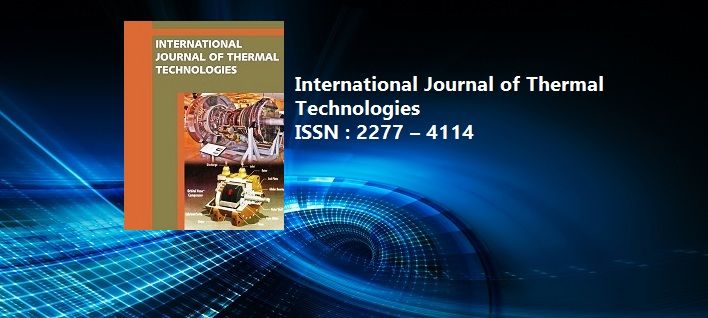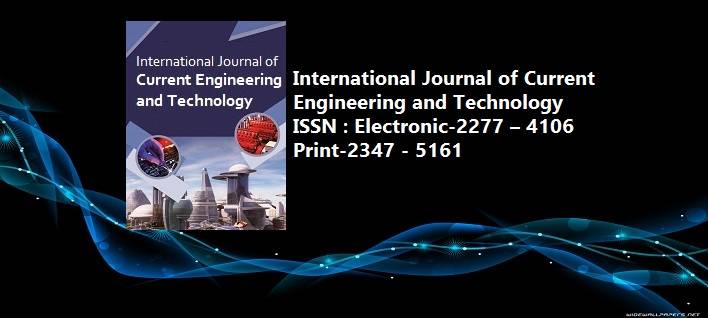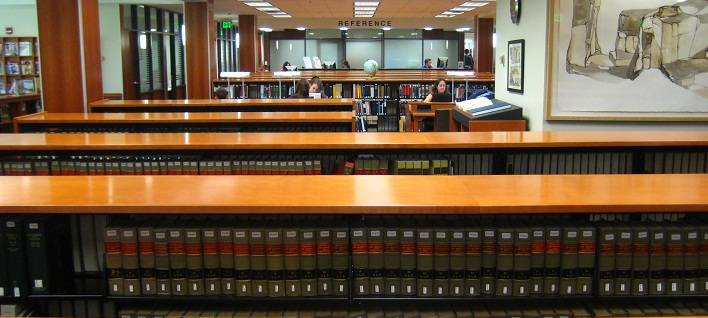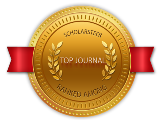Removal of Heavy Metal Ions from Wastewater by Chemically Modified Agricultural Waste Material as Potential Adsorbent-A Review
Pages : 526-530, DOI: https://doi.org/10.14741/ijcet/v.8.3.6
Download PDF
Abstract
Heavy metal remediation of aqueous streams is of special concern due to recalcitrant and persistency of heavy metals in environment. Conventional treatment technologies for the removal of these toxic heavy metals are not economical and further generate huge quantity of toxic chemical sludge. Agricultural waste materials being economic and eco-friendly due to their unique biochemical composition, availability in abundance, renewable, low in cost and more efficient are seem to be viable option for heavy metal remediation. The major advantages of biosorption over conventional treatment methods include: low cost, high efficiency, minimization of chemical or biological sludge, regeneration of biosorbents and possibility of metal recovery. It is well known that cellulosic waste materials can be obtained and employed as cheap adsorbents and their performance to remove heavy metal ions can be affected upon chemical treatment. In general, chemically modified plant wastes exhibit higher adsorption capacities than unmodified forms. The functional groups present in agricultural waste biomass viz. acetamido, alcoholic, carbonyl, phenolic, amido, amino, sulphydryl groups etc. Have affinity for heavy metal ions to form metal complexes or chelates. Some of the treated adsorbents show good adsorption capacities for Cd, Cu, Pb, Zn and Ni. Rice husk as a low-value agricultural by-product can be made into sorbent materials which are used in heavy metal removal. The mechanism of biosorption process includes chemisorptions, complexation, adsorption on surface, diffusion through pores and ion exchange etc. Agricultural residues are lignocelluloses substances which contain three main structural components: hemicelluloses, cellulose and lignin. Lignocellulosic materials also contain extractives. Generally, three main components have high molecular weights and contribute much mass, while the extractives is of small molecular size, and available in little quantity, which announce in heavy metal removal.
Keywords: Agricultural waste material; Heavy metals; Adsorption; Wastewater treatment
Article published in International Journal of Current Engineering and Technology, Vol.8, No.3 (May/June 2018)



















 MECHPGCON, MIT College of Engineering, Pune, India
MECHPGCON, MIT College of Engineering, Pune, India AMET, MIT College of Engineering, Pune, India
AMET, MIT College of Engineering, Pune, India International Conference on Advances in Mechanical Sciences
International Conference on Advances in Mechanical Sciences  International Symposium on Engineering and Technology
International Symposium on Engineering and Technology International Conference on Women in Science and Engineering
International Conference on Women in Science and Engineering




